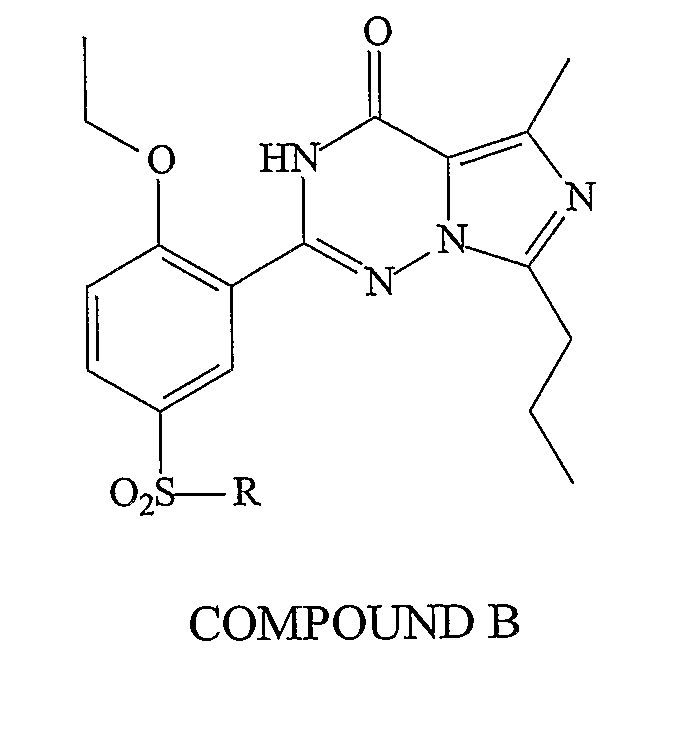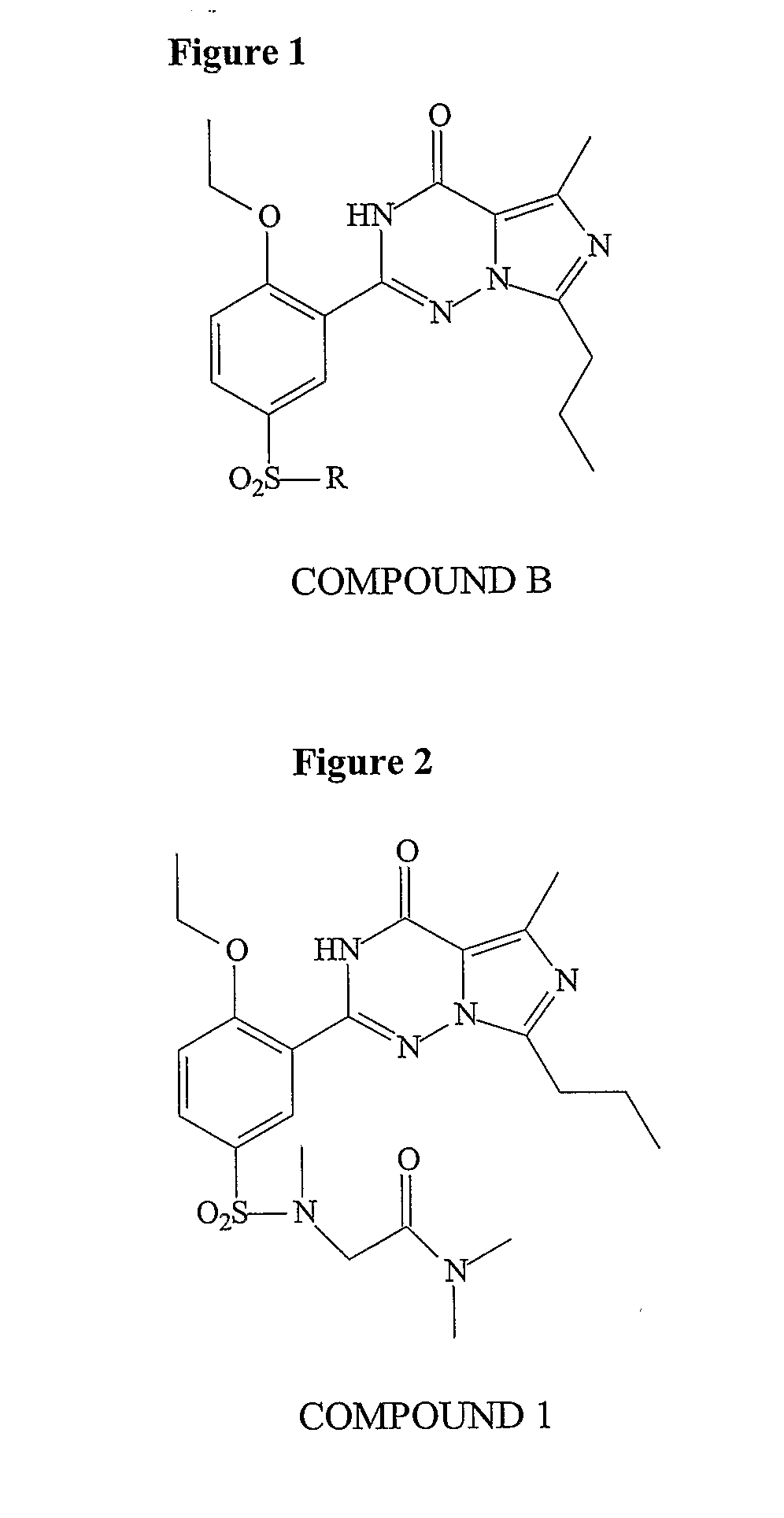Methods of Making Pharmacokinetically Improved Compounds Comprising Functional Residues or Groups and Pharmaceutical Compositions Comprising Said Compounds
a technology of functional residues or groups and compounds, which is applied in the direction of drug compositions, antibacterial agents, organic chemistry, etc., can solve the problems of limited utility limited use of potential pharmaceutical agents, and limited tissue availability of free compounds for performing therapeutic functions, etc., to improve biological and chemical properties, improve the non-specific binding and/or pharmacokinetic properties, and improve the effect of oral absorption
- Summary
- Abstract
- Description
- Claims
- Application Information
AI Technical Summary
Benefits of technology
Problems solved by technology
Method used
Image
Examples
example 1
Preparation of Compound 1
[0233]
A solution of sarcosine dimethyl amide (0.22 mmol) and triethylamine (0.6 mmol) in methanol / methylene chloride (1:9, 1.2 mL) was treated with sulfonyl chloride (0.122 mmol) and stirred for 4 hours at 23° C. The clear solution was diluted with methylene chloride (10 mL) and washed with 10% aqueous citric acid. The separated aqueous layer was extracted with dichloromethane (10 mL), and the combined organic layers were washed with brine and dried over sodium sulfate. The clear oil from concentration in vacuo was purified by silica gel chromatography (0.6% water / 1.2% methanol in ethyl acetate as eluent) to yield a white solid in 87% yield.
example 2
Preparation of Compound 3
[0234]
A solution of N-methyl-aminoisobutyl dimethylamide (0.22 mmol) and sulfonyl chloride (0.122 mmol) were placed in a flask and concentrated three times from dry 1,2-dichloroethane (10 mL). The residue was restored in dry dichloromethane and triethylamine (0.6 mmol), and 4-(dimethylamino)pyridine (2.5 mg) was added. The mixture was stirred for 8 hours at 23° C. The clear solution was diluted with methylene chloride (10 mL) and washed with 10% aqueous citric acid. The separated aqueous layer was extracted with dichloromethane (10 mL), and the combined organic layers were washed with brine and dried over sodium sulfate. The clear oil from concentration in vacuo was purified by silica gel chromatography (0.6% water / 1.2% methanol in ethyl acetate as eluent) to yield a white solid in 87% yield.
example 3
[0235]Vardenafil (Levitra®) is a selective inhibitor of PDE5. The structures of vardenafil and analogs known in the art were compared with regard to activity and pharmacokinetic properties. The design of the compounds of the present invention involved modifying molecules using functional groups to provide new compounds that exhibit improved pharmacokinetic properties. The functional groups were placed so as to affect pharmacokinetic properties, rather than activity. The set of compounds that are designed and synthesized included elements that are predicted to be metabolic products of other elements of the set.
[0236]Among the substitutions tested, sarconine derivatives methyl-amino-dimethylacetamide, resulted in reduction of protein binding, while maintaining potency and solubility.
[0237]Phosphodiesterase inhibition was determined by methods known to one of skill in the art. Most of the compounds tested had activity comparable to vardenafil. Selectivity of most of the compounds for h...
PUM
| Property | Measurement | Unit |
|---|---|---|
| MW | aaaaa | aaaaa |
| diameter | aaaaa | aaaaa |
| diameter | aaaaa | aaaaa |
Abstract
Description
Claims
Application Information
 Login to View More
Login to View More - R&D
- Intellectual Property
- Life Sciences
- Materials
- Tech Scout
- Unparalleled Data Quality
- Higher Quality Content
- 60% Fewer Hallucinations
Browse by: Latest US Patents, China's latest patents, Technical Efficacy Thesaurus, Application Domain, Technology Topic, Popular Technical Reports.
© 2025 PatSnap. All rights reserved.Legal|Privacy policy|Modern Slavery Act Transparency Statement|Sitemap|About US| Contact US: help@patsnap.com



